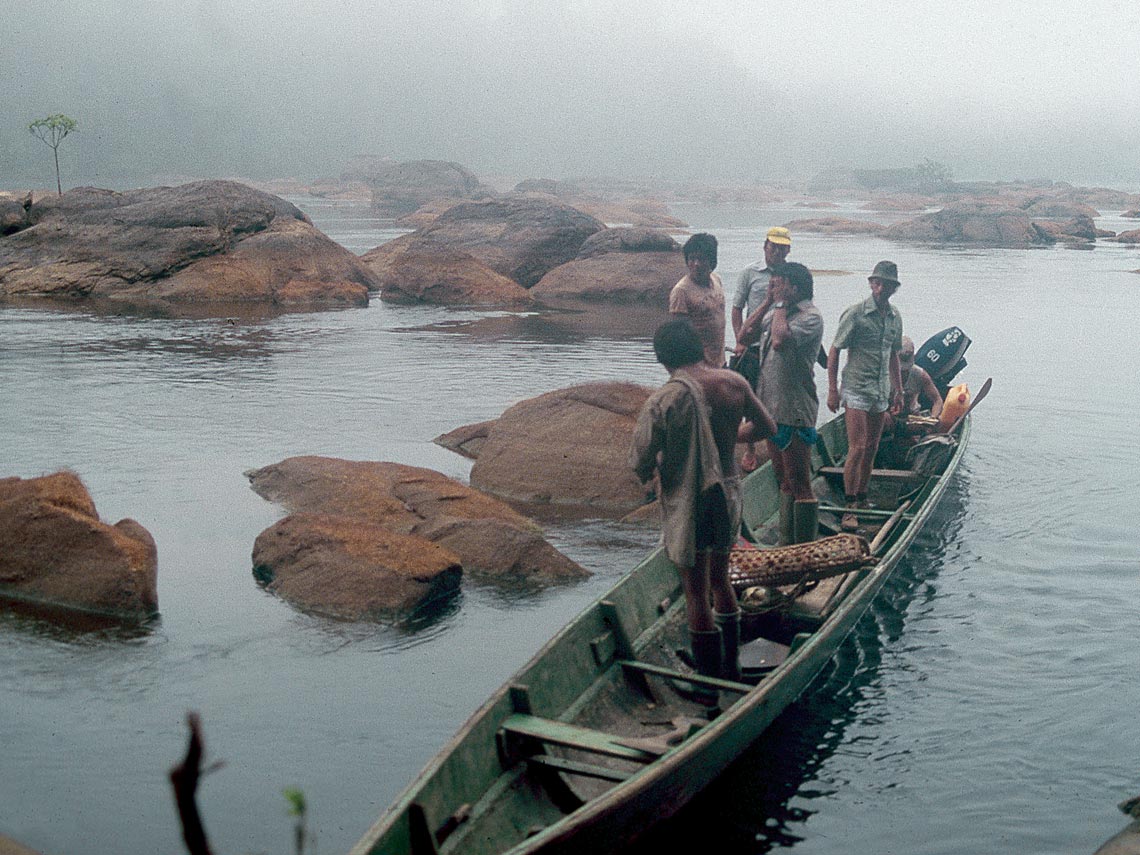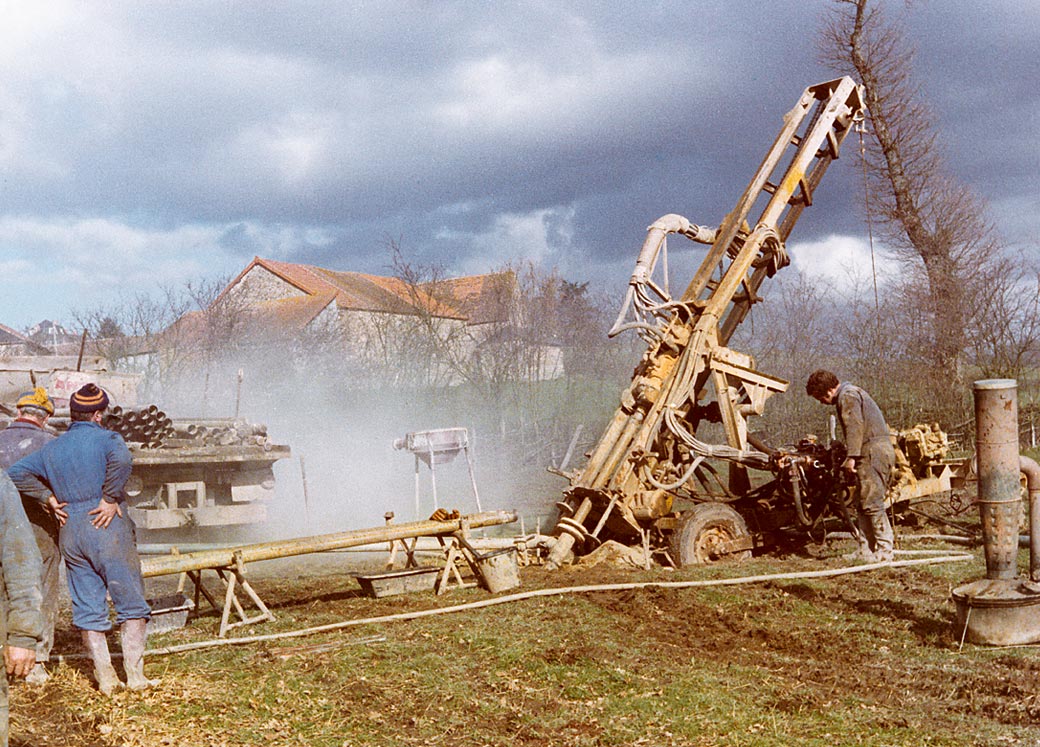The BRGM and the French minerals inventory
In the wake of the 1973 oil crisis, the French government commissioned a French minerals inventory from the BRGM in order to improve knowledge about subsoil resources. Subsequent mining operations around the world would bring numerous discoveries of mineral deposits to the BRGM's attention.

The BRGGM had already been conducting studies on materials and these continued, especially on aggregates, as soon as the BRGM was established. The studies were initially conducted centrally but were transferred to the BRGM's regional departments, the main aim being to assess potential solid rock and alluvial deposits in France. From the 1970s, these studies largely focused on inventories. Mineral inventory activities were initially funded under the CAPI tax credit scheme for industrial restructuring, introduced in 1972 with the launch of the new spatial planning policy, and subsequently via a parafiscal levy on aggregates introduced in 1975. This scheme was an innovation in that it not only covered studies of aggregate resources but also planning and environmental constraints and site rehabilitation work.

A minerals inventory to improve knowledge on the subsoil
The first oil crisis in 1973 revealed France's vulnerability to energy and mineral raw materials supply issues. The government decided to fund a five-year plan for inventories of mineral resources in France's subsoil. The necessary studies were commissioned in 1975 from the BRGM, as the only agency with the required expertise, facilities and public service status. Work on the inventories, which were extended to French Guiana and then to New Caledonia, in 1980, continued until 1992.
These studies for the "Minerals inventory" resulted in discoveries of numerous deposits, whose development brought spectacular advances in knowledge on France's subsoil: 90 new prospects in mainland France were presented as well as 24 with high gold-bearing potential in French Guiana. Three new mines were opened: at Les Brouzils for antimony, the Lecuras and Gareillas extensions of the Bourneix gold mine in the Limoges area and the Changement gold mine in Guiana.